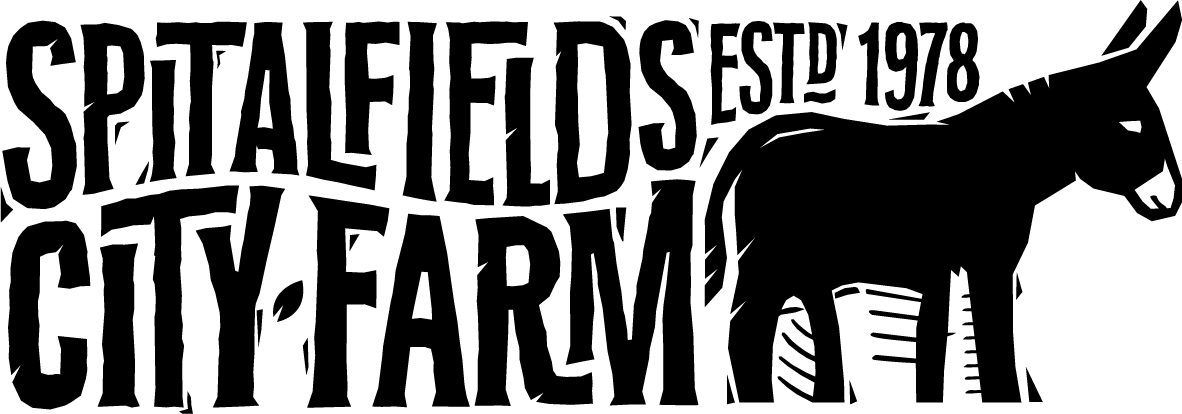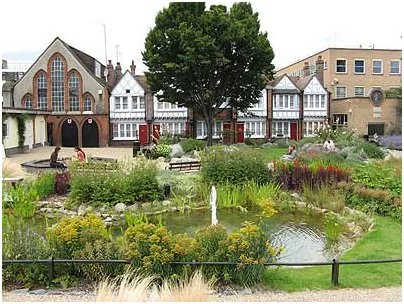Octavia Hill and the history of community gardens
By Tanya Reynolds
Social visionary Octavia Hill
We were recently lucky enough to have been given a guided tour of some of Southwark’s community gardens, including the Victorian Red Cross Garden, created by social visionary Octavia Hill.
Community gardens and open spaces are fairly common in towns today and therefore possibly, somewhat taken for granted. But scroll back to Victorian times and you will find that such green spaces were a rarity and as such often denied to the most disadvantaged in society.
Octavia Hill was a child of well-heeled social reformers of the day. She saw at an early age how advantageous green space and decent accommodation could be to the health, happiness and mental wellbeing of the masses crammed into cities by their need for economic survival.
By the mid 1800’s she began buying small parcels of near derelict property and overhauling to turn into resident-run communities. With the help of loans from friends such as the prominent thinker John Ruskin, the transformative effects of her initial success, spurred her on to buy plots all over London and beyond.
This firm, but compassionate landowner, also believed that parks and open spaces were necessary for mental wellbeing. Clearly, her privileged childhood, along with reference to radical thinkers of the day, coloured her thoughts that all should have access not only to basic amenities, but also to art, beauty and nature.
Red Cross Garden
Hill observed, particularly in East London, how crowded and devoid of green the capital was. Her campaigns to secure open green space in the capital eventually led to the formation of The National Trust, ensuring that green spaces could ‘be kept for the enjoyment, refreshment and rest of those who have no country house’.
Southwark’s Red Cross Garden is one example of her community garden ethos; an ‘open air sitting room’ for the impoverished residents of the borough. This delightful space must have looked like a small oasis nestled between the endless, dilapidated Victorian slums. Six pretty Art and Crafts cottages and a community centre overlook the space that is open for all to enjoy. Pathways, benches and fine plantings give momentary respite from the everyday cares of life, even today.
Move forward 150 years, and although we do have more outdoor space in the east of our capital, we also have more residents, many of whom live below the poverty line in very basic housing.
Outdoor space is more necessary than ever (particularly after many months of imposed lockdown), with urban green spaces and small community run gardens regarded as little ‘jewels’ of pleasure in the everyday grind. Moments spent in such places can be transformative.



